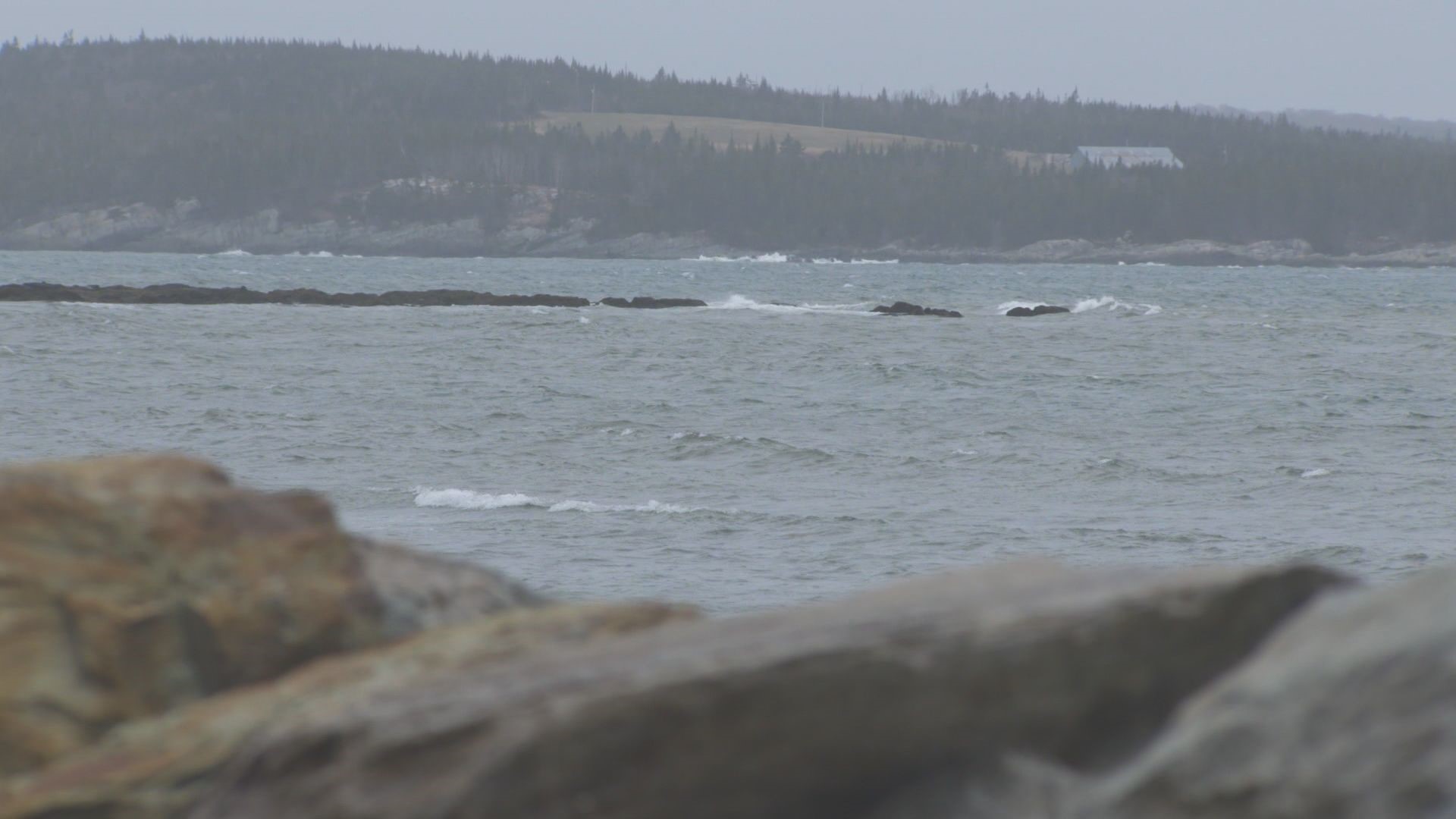NOVA SCOTIA, Canada — Efforts to return beloved orca Tokitae from the Miami Seaquarium to her native waters in the Pacific Northwest have fueled a focus on the future planned for other formerly-captive cetaceans.
While Tokitae is expected to return to the Salish Sea, a number of other whales and dolphins could end up near Canada -- cared for in a refuge designed for their well-being.
The non-profit Whale Sanctuary Project (WSP) is working to construct what it hopes will be a "gold-standard coastal sanctuary" in Nova Scotia, providing necessary care for rescued cetaceans while allowing them to live in as natural of an environment as possible.
"The sanctuary is an off-ramp for dolphin and whale captivity- and it's needed because those individual whales who were born into the tanks don't have the skills to survive," said Lori Marino, Whale Sanctuary Project founder and president.
Marino is a neuroscientist who has spent decades studying dolphin and whale behavior and intelligence.
"They are fed dead fish, and they don't know what prey is," Marino said. "Not only that, they don't have a group to go back to, a family group, or a social group to go back to and family and social group is everything to dolphins and whales. And if they don't have that to go back to, it is just too risky."
Instead, Marino said, a sanctuary allows for the best possible scenario for currently captive dolphins and whales. They will receive around-the-clock veterinary care and will be fed, but they will have the ability to experience greater autonomy and well-being. The nonprofit said the sanctuary will occupy more than 100 acres of water space with depths up to 18 meters.
Planners spent two years searching for the right location, examining more than 100 sites and visiting more than two dozen before settling on three finalists: one in Washington state, one in British Columbia and one in Nova Scotia. The Nova Scotia site along Port Hilford Bay offered both the right natural environment and a supportive community in nearby Sherbrooke that rallied to help make the project possible. Locally, the WSP has held community events and used a visitor's center to raise awareness and education about marine mammal welfare.
"Everybody showed up for the first couple meetings and showed their support and asked their questions, and then we actually were able to find the location because locals pointed this out for us as a good location- and they show up to all our events," said Amy Simon, WSP communications assistant. "They show up and they help in any way they can, and they bring their grandchildren to learn about the whales- and that's what's keeping the sanctuary going, through word of mouth, and how people can get involved and what they can do to help, and the changes that are coming."
Over the past six years, the WSP has worked to fund-raise, find a location, research logistics, conduct environmental studies, apply for permits and design the sanctuary itself. Currently, the project is undergoing environmental review, including studies that are required by law before permits can be granted for the construction and transfer of the whales, according to the nonprofit.
"We have the net design," Marino said. "We have been working with architects to design the support structures, we know what we want to do and as soon as we have the permits to complete and do it we are ready."
The sanctuary will be established and marked by a net, net structure and cork line allowing for a walkway so staff members can access the whales for medical care and other necessary circumstances. The net, made up of stretchy mesh, will allow for fish to swim in and out, and will be suspended from a steel frame structure. The net and net structure will be secured, with anchors on Barachois Island and Rocky Point, to withstand significant weather events.
Marino hopes eventually, there won't be a need for sanctuary at all- as marine parks stop trapping and birthing cetaceans into captivity. Until then, she hopes more sanctuaries across the globe will provide refuge for the marine mammals that need it.
"This sanctuary is in a big, beautiful bay and I like to picture it from the point of view of the whales, so as a beluga whale, an orca, they come above the surface and what do I see?" Marino said. "I see an expansive ocean, I see a shore, I see trees, I see clouds. And below I see plants, I see fish, I see lobsters, I see all kinds of- I see rocks, different natural features- so their whole world is going to be so much more complex than it could ever be in a concrete tank."
To learn more about the Whale Sanctuary Project or to get involved, click here.

